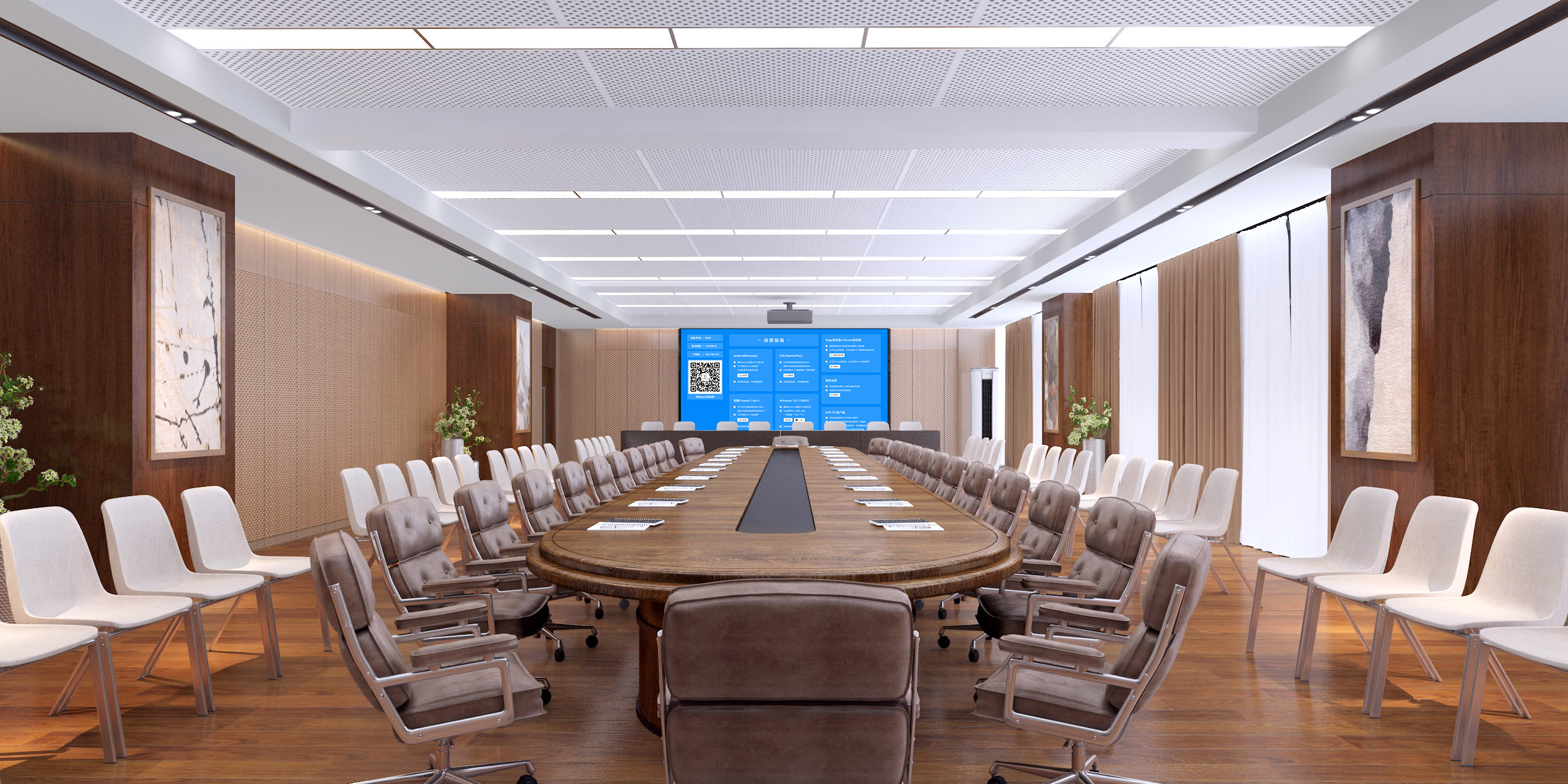How to Build an Intelligent Conference Room? Unveiling the Multi-Screen Collaboration and RTSP Streaming Recording Integration Solution
With the popularization of hybrid office models, a traditional and inefficient conference room has become a bottleneck for enterprise development. Building an intelligent conference room is not just about purchasing a few new devices, but constructing a complete solution centered on multi-screen collaboration. So, what key components make up this solution?
I. Foundation of the Solution: Stable and Efficient Wireless Screen Mirroring
The first step in building an intelligent conference room is solving the “how to share” problem. A stable, highly compatible wireless screen mirroring solution serves as the foundation. This requires more than just installing software—it demands robust underlying technical support.
An excellent wireless screen mirroring solution should have the following characteristics:
- Cross-Platform Compatibility: Supports mainstream systems such as Windows, macOS, Android, and iOS, eliminating concerns about device differences among employees.
- Low Latency & High Smoothness: Ensures smooth display of PPTs and videos during presentations, with no lag in operations.
- Secure Encryption: Guarantees data security of internal meeting content during transmission.
II. Collaboration Core: Integrated Built-In Video Conferencing ROOMS
Once content can be easily shared, a powerful core is needed to handle multi-party interaction. This is where built-in video conferencing ROOMS add value. It replaces the complex traditional setup of “computer + external camera + software” by integrating all functions into one system.
When selecting built-in video conferencing ROOMS, focus on the following aspects:
- Cloud Platform Compatibility: Does it support mainstream cloud conferencing platforms such as Tencent Meeting, DingTalk, and Zoom?
- Interactive Experience: Is the smoothness of touch writing and the richness of whiteboard functions sufficient for high-intensity collaboration needs?
- Audio & Video Quality: Can the natively integrated camera and microphone deliver clear, echo-free meeting experiences?
III. Value Extension: RTSP Streaming Recording Integration
The “intelligence” of an intelligent conference room also lies in the reuse and management of content. The RTSP streaming recording integration function makes this possible. Meeting hosts can start recording with one click, and the audio-visual signals from the meeting site are streamed to the recording server via the RTSP protocol.
Typical application scenarios for this function include:
- Enterprise Training: Live-stream internal training courses by experts to branch offices nationwide, and record and archive them to build an enterprise knowledge base.
- Important Meeting Archiving: Key meetings such as board meetings and project review meetings can be fully recorded for subsequent review and learning.
- Online-Offline Integration: Easily implement hybrid “online + offline” meetings to expand the meeting’s influence.
A successful intelligent conference room solution is the close combination of three elements: wireless screen mirroring (connection), built-in video conferencing ROOMS (interaction), and RTSP streaming recording integration (retention). Together, they form a complete multi-screen collaboration ecosystem that covers “content access,” “multi-party interaction,” and “value preservation.” Investing in such a solution means investing in an enterprise’s future communication efficiency and knowledge management capabilities.
